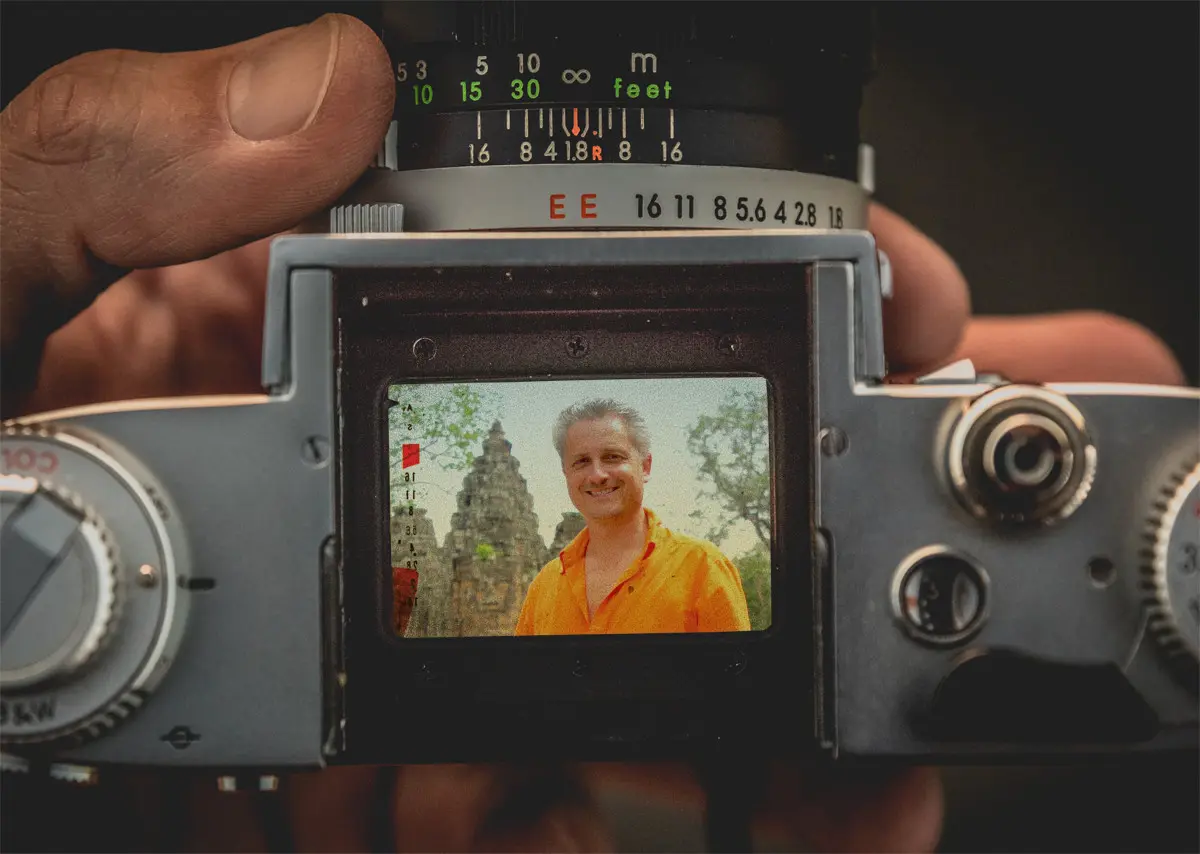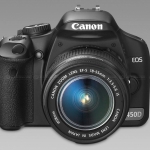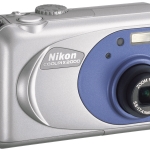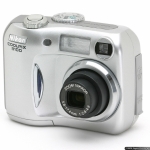I wanted a digital photo collection. I had this fantastic idea of scanning all my negative strips and all of my slides. Yes, indeed all family photos as far back in time as possible!
This was part of my digital dream which also involved all my video on tape.
How long do digital cameras last?
I obtained my first copies of digital photos in 2000 through colleagues and friends and shot my own first digital pics with a camcorder in 2001. The switch to a fully digital world took a couple of years in my family. By late 2003 we were completely digital.
To include our digital photography after 2002/2003 in a digital archive was no big deal. I’ve just had to switch hardware and software from time to time. These are (some of) the digital cameras I’ve had since the beginning in 2002.
- 2002-2003: Nikon Coolpix E2000
- 2003-2006: Nikon Coolpix E3100
- 2007 until now: Casio Exilim EX-Z700
- 2008 until now: Canon EOS 450D, my first digital SLR-camera.
This article was written in 2012. “Now” means 2012.
Switching to the single-lens reflex (SLR) in 2008 came as a relief to me. I had long been missing my old Pentax ME Super which was put to rest in 1994 after fifteen years of loyal service. At that time the compartment lid began to fail and I decided to go into the world of compact cameras. That Medieval Age of Darkness was to last for fifteen years.
Some of my camcorders have also produced photos to my digital archive.
In addition I’ve had several mobile phones with built-in cameras. Some of them have even formed the basis of a couple of YouTube videos. This one was based on photos taken with an HTC HD2 smartphone, and here’s one with video clips and photos from an Apple iPhone 4s.
All the above is not so very interesting, so I’ll return to the main focus of this blog post.
The big digital scanning project
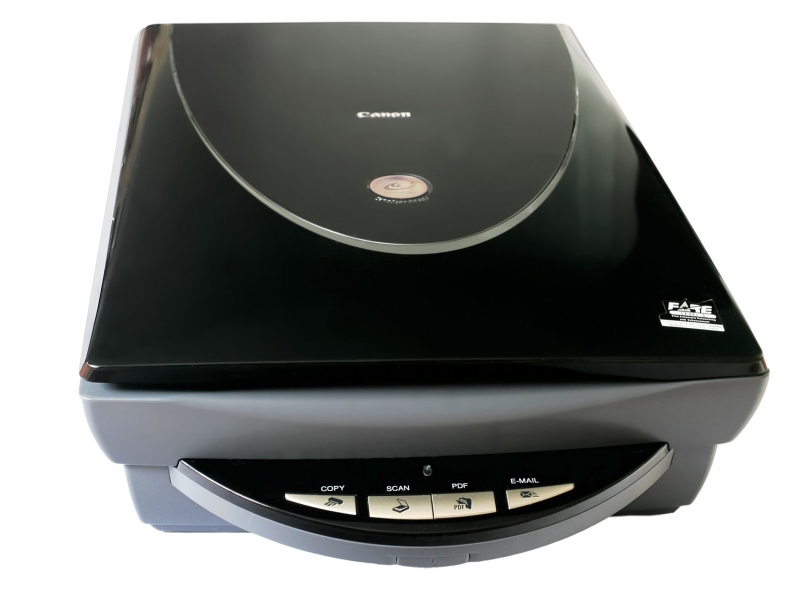
In or around 2005 my digital dream led me into buying a Canon Canoscan 9950F flatbed scanner capable of scanning photos: positive paper prints, negative strips and diapositive film. It came equipped with carrier frames fit for mounting photos prior to scanning them.
It turned out to be a fantasy that has almost come true. I postponed my scanning project for a couple of years as the task appeared overwhelming. At that time I seriously considered several alternatives including that of handing my collection over to a professional. I settled for my scanner and gradually built a collection of scanned prints.
I started with my photo albums containing loose pages
These I was able to place directly on the scanner plate, making a scan of that page and do the necessary post-processing job of splitting the scanned image into individual photos. This was a time-consuming but quite easy task and gave rapid results boosting motivation to continue.
I then picked up my 1,100 slides
… and used the functionality of my scanner to fix each slide into the carrier holder on the scanner surface and then run the program.
Finally I did the same trick to all my negative strips
In this process of scanning and post-processing I was using Photoshop Elements versions that had come bundled with cameras and PC. All pictures had to be corrected after the scan: Removing dust and scratches (the clone tool is wonderful); enhancing colours and contrast; cropping and so on. Looking back I should have used a professional brush to make sure every trace of dust had been removed from the original source before scanning.
I was able to scan around 12-16 photos on negative strips or diapositive slides in one batch job. That process took around 45 minutes depending on the quality of the scan and amount of post-processing adjustments that were necessary. Fortunately the photos had been kept in a neat order, so I knew their time period and sequence pretty well.
All in all I have scanned roughly 10,000 photos
I have put that project to rest for a while but have three more jobs to do.
What remains to be done?
First: My plan is to return some day and scan all original negative strips of the pictures I merely scanned from paper prints. Examples of those paper scans are found here.
Second: In addition there are almost a thousand pictures which were left in PSD formats. I got tired of it all. The ones I had fully processed were saved as JPG files, the others remain in the PSD format of Photoshop. A file with this extension won’t show up in Windows but Google’s Picasa renders them fine. Unfortunately I’m not able to perform the necessary EXIF-tagging to make them searchable (see other article).
Third, I still have an ambition to go a hundred years or so back in time to include all family photos.
The other side of my digital dream was to digitise my video recordings as well. That is discussed in several other articles.
Further reading
I am discussing the tremendous task of creating a digital collection of media in a series of articles.
- Taking care of your photographed memory (THIS introduction)
- Video photography: My journey through the history of camcorders
- Making old video available on a digital platform
- Working on digital video files
- The making of a digital photo collection
- NEXT CHAPTER: The art of geotagging pictures
- Building a media archive of pictures and video clips
- Storing your media archive and keeping it safe
- Making YouTube videos from photos and video clips

